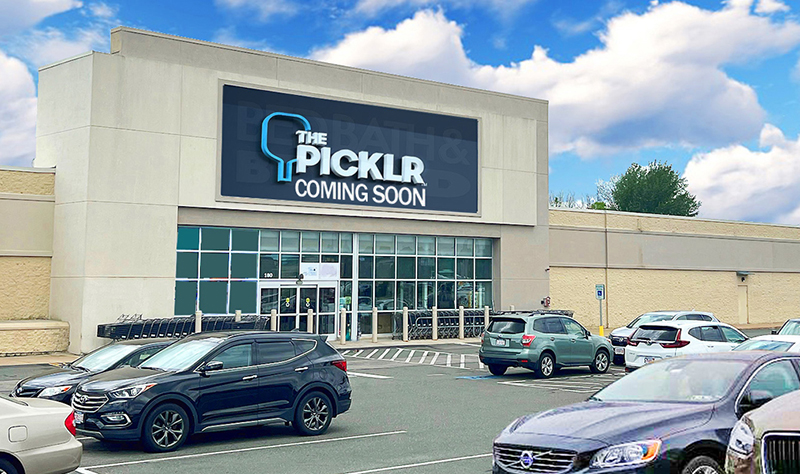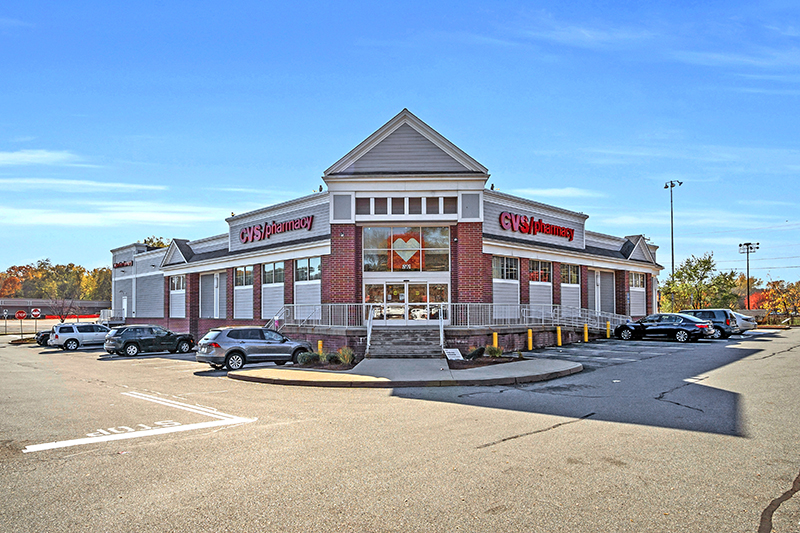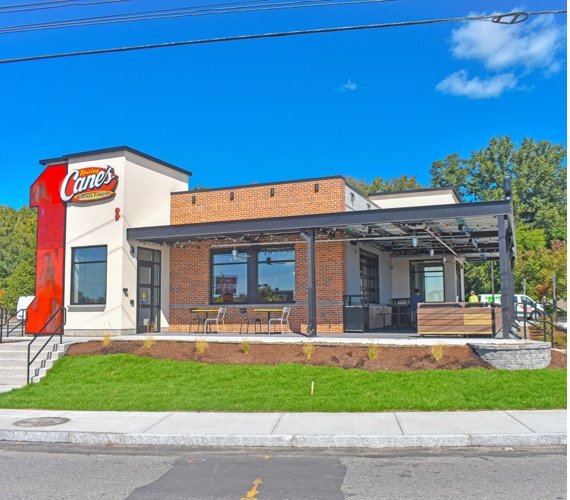News: Retail
Posted: February 26, 2015
Question of the Month: Can a design experience strategy help retailers and developers engage the user?
It's a fact that there are a number of retailers and shopping centers that are either downsizing or going out of business altogether. While many say that brick and mortar retail is going away and subsiding to online shopping via mobile and desktop, the fact is that numerous retailers and shopping center developments are expanding or growing. Developers and retailers who want to succeed and thrive in this market are finding that they also need to approach their physical designs differently than they have in the past.
Retail design now is not just about the product, having the best location and/or tenant mix, but is becoming more about how the user will experience the built environment, both externally and internally. Design strategies should adapt to meet the needs of the changing retail environment. Aside from the standard design questions like budgets, materials, and deliverable dates, part of the design strategy goal should now include discussions, between the designer and their client, about the end user demographics, how they plan to embrace and integrate technology, and identify specific experiential and emotional touch points. These are important design influences critical to identify and understand at the onset of the design phase to help create spaces that are not only intended for merchandising and sales, but for socialization and customer engagement.
The approach of designing around experiences is sometimes hard to define and the intent is not always clear to both the owner and/or the designer. The overall design strategy should include a design experience component that utilizes a collection of vignette sketches as a way to depict key experiential opportunities. These will aid in communicating and identifying the specific touch points needed to deliver those preferred experiences for both the users and employees.
Segmenting the design through a series of experiential vignettes allows the emotional experience for each major component within the project to be identified, from before the customer even leaves their home to after they've left. Vignettes will quickly portray items like scale and amenities, as well as imagined uses and emotional characteristics.
The series starts by envisioning how the user is engaged prior to arriving at the center or store, whether on a desktop or via mobile, browsing the shopping center's app and social media looking for events being held, product trends, deals and updates. These vignettes allow the designer to get an understanding of any Omni Channel marketing the center is publishing and gives the opportunity to incorporate logos, colors and branding to sync for a seamless branded experience that transitions effortlessly from mobile devices to the physical environment.
Once users approach the shopping center, exterior vignettes depict critical elements integral to the exterior experience and also raise important design questions earlier than what might otherwise be asked later in design (and maybe too late). How visible are the signage, branding, or wayfinding elements, if any? How large is the pylon sign? How does one approach the main and secondary entrances? Are there outdoor gathering areas and, if so, what are the intended uses and size? These exterior vignettes are typically broader views and less defined, identifying the intended and potential site uses and overall scale, but they can also portrait smaller, more intimate and personalized experiences. Vignettes depicting customers arriving and being greeted with personalized messages on their phones via the shopping center app, listing events, sale items, or even receiving parking availability options. These scenes show an emotional and personalized experience, as well as the integration of technology being used.
Upon entering the building or the main shopping promenade, if an open air center, vignettes can identify important focal features, preferred adjacencies, uses, and technology integration. These sketches can also show wayfinding from a directional only tool to a physical experience with touch points located throughout the center via digital and interactive storefronts. Common areas can be sketched to show a sense of the intended uses, identifying interaction opportunities, technology availability (WiFi), and the specific types and sizing of gathering areas.
As a customer enters a store, vignettes can depict the major touch points retailers want the customer to first experience, show how transactions are taken, if they check out at a cash wrap or via mobile throughout the store, or whether the intent is to be greeted and assisted by sales staff. Technology preferences can be easily shown, such as free WiFi and tablets that help the customer answer additional product questions and provide customer support. Interactive digital displays and video walls, if any, can be shown depicting the preferred location and how they interact with the customers. In addition to identifying the emotional experiences, these sketches can also quickly identify physical requirements and adjacencies, branding and feature locations, operational and stockroom features, lighting requirements, and online pick up locations.
Designing an experience strategy, as part of the overall design strategy, can help identify the touch points needed to create an experience that is both physically and emotionally aligned with the users, keeping them engaged and returning time and time again.
Shawn Bland is an associate at Phase Zero Design, Hingham, Mass.
Tags:
Retail
MORE FROM Retail
Mace of KeyPoint Partners negotiates 36,192 s/f lease for The Picklr at Endicott Square
Danvers, MA KeyPoint Partners (KPP) negotiated a lease with the nation’s premier indoor pickleball venue The Picklr at Endicott Sq. Vice president of retail brokerage Don Mace negotiated the transaction on behalf of the landlord.

Quick Hits




.jpg)


.png)